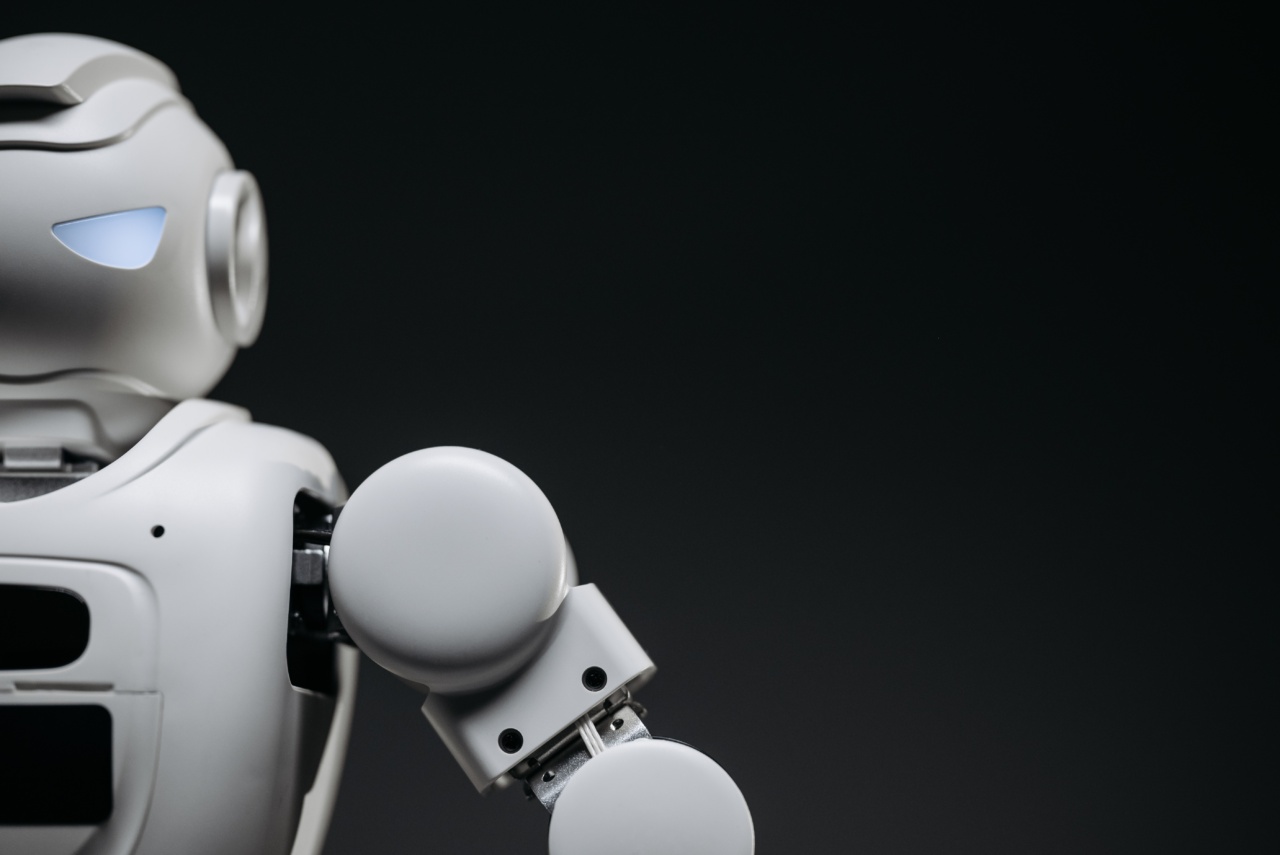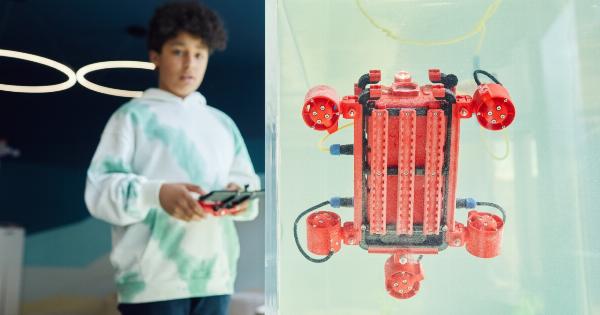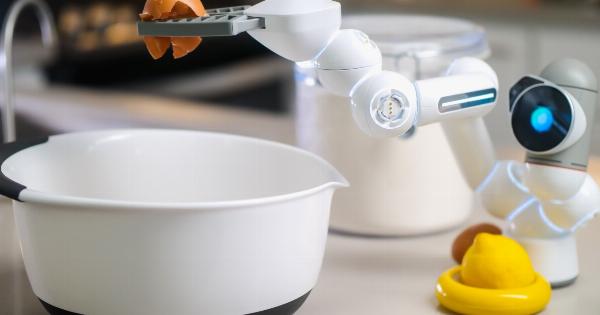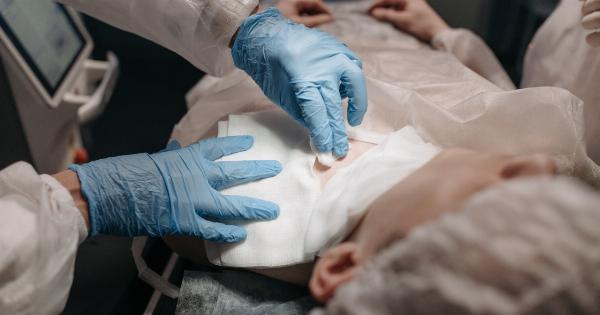The medical industry is constantly evolving, and with each passing day, the advancements that are being made are changing the way we think about healthcare.
One of the most significant breakthroughs in healthcare technology in recent times has been robotics in surgery. Robotic-assisted surgery is a game-changer, and it is revolutionizing the healthcare industry.
The History of Robotics in Surgery
The idea of using robots for surgery is not new. The concept can be traced back to the early 1980s when the first robot was developed for use in surgery. The first robotic system was called the PUMA 560, and it was developed by Dr.
Victor Scheinman, an engineer at the Stanford Research Institute. The PUMA 560 was initially designed for use in industrial applications, but it was soon adapted for use in surgery.
Since then, surgical robotic technology has come a long way. Today, there are a variety of surgical robotic systems available that are used for different procedures across various medical fields.
How Robotic Surgery Works
Robotic surgery involves the use of a robotic system that is controlled by a surgeon. The system is designed to provide the surgeon with greater precision, control, and flexibility during surgical procedures.
Using a console, the surgeon can control the robotic arms, which are equipped with surgical instruments and cameras that provide a high-definition view of the surgical field. This allows the surgeon to perform complex procedures with greater accuracy and control.
During a robotic-assisted surgery, the surgeon sits at a console and controls the robotic arms, which hold the surgical instruments. The instruments are inserted into several small incisions, and the surgeon guides them to the surgical site.
The surgical robotic system provides the surgeon with a 3D image of the surgical field that is magnified up to ten times. The robotic system also filters out any hand tremors that the surgeon may have, which allows for greater precision in the surgical procedure.
Robotic-assisted surgery can be performed in a variety of medical fields, including urology, gynecology, cardiology, neurology, and orthopedics.
The Advantages of Robotics in Surgery
There are several advantages to using robotics in surgery, including:.
Greater Precision and Accuracy
Robotic-assisted surgery provides greater precision and accuracy than traditional surgery.
The high-definition camera and 3D image provide the surgeon with a clear view of the surgical field, and the robotic system filters out any hand tremors that the surgeon may have. This allows for greater accuracy and precision in the surgical procedure.
Reduced Blood Loss and Pain
Robotic-assisted surgery is a minimally invasive procedure, which means that it requires smaller incisions than traditional surgery. This results in reduced blood loss and pain for the patient.
Patients who undergo robotic-assisted surgery typically have a faster recovery time and a shorter hospital stay than those who undergo traditional surgery.
Lower Risk of Complications
Robotic-assisted surgery is associated with a lower risk of complications than traditional surgery.
The smaller incisions mean that there is less risk of infection, and the reduced blood loss means that there is less risk of complications related to blood loss, such as anemia and blood clots.
The Future of Robotics in Surgery
The potential applications of robotics in surgery are vast, and as the technology continues to evolve, we are likely to see even more breakthroughs. The future of robotic-assisted surgery is likely to include:.
Artificial Intelligence and Machine Learning
As the use of artificial intelligence and machine learning becomes more widespread in healthcare, we are likely to see these technologies being integrated into surgical robotic systems.
This would allow the system to analyze data in real-time and make adjustments to the surgical procedure based on the data.
Remote Surgery
As robotic-assisted surgery becomes more advanced, we are likely to see a move towards remote surgery.
This would allow surgeons to perform surgeries from remote locations, potentially reducing surgical waiting times for patients in remote or underserved areas. Remote surgery could also allow for surgical specialists to provide consultations and perform surgeries in areas where they are not currently available.
Conclusion
Robotic-assisted surgery is a breakthrough technology in the medical industry. It provides greater precision, accuracy, and flexibility than traditional surgery, and it is associated with a lower risk of complications and faster recovery times.
As the technology continues to evolve, we are likely to see even more breakthroughs that will change the way we think about surgical procedures.

























